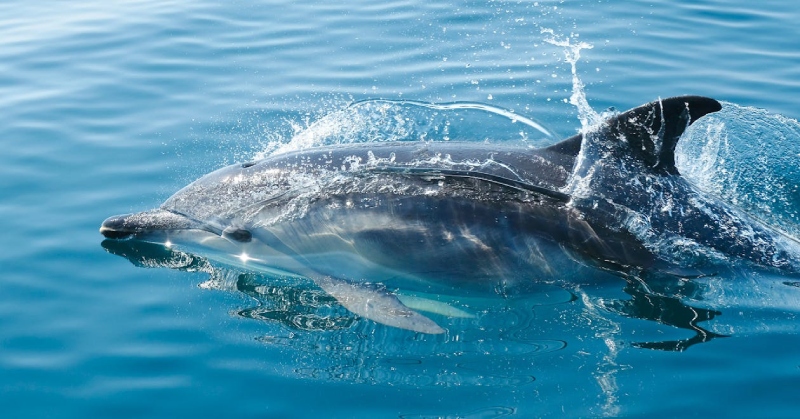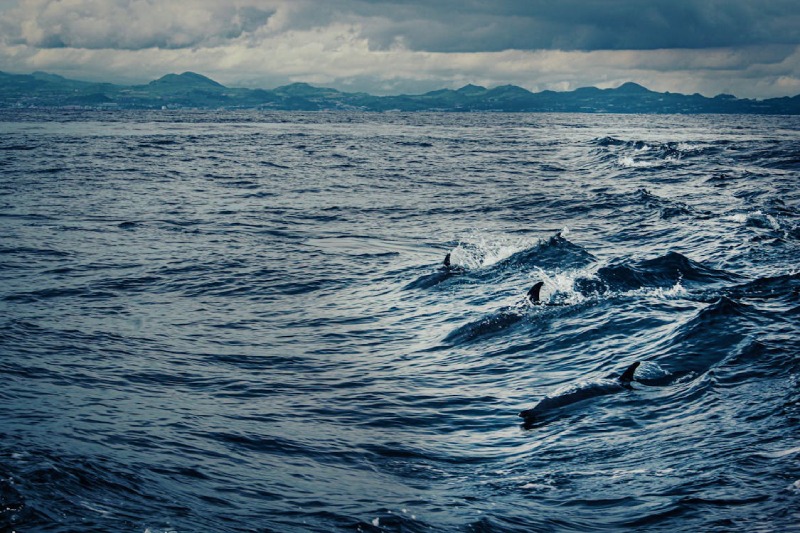- The Lifespan of Osteoclasts: How Long Do They Live?
- What is Monkfish average lifespan?
- What is Amberjack average lifespan?
- What is Sturgeon average lifespan?
- What is Barramundi average lifespan?
- What is Wahoo average lifespan?
- What is Shark average lifespan?
- What is Redfish average lifespan?
- What is Marlin average lifespan?
- What is Pompano average lifespan?
- What is Rainbow Trout average lifespan?
- What is Swordfish average lifespan?
- What is Anchovy average lifespan?
- What is Grouper average lifespan?
- What is Halibut average lifespan?
- What is Carp average lifespan?
- What is Pike average lifespan?
- What is Flounder average lifespan?
- What is Tilapia average lifespan?
- What is Sardine average lifespan?
How Long Can Dolphins Hold Their Breath?

Dolphins, with their playful leaps and sleek bodies, are captivating creatures of the ocean. But beneath the surface lies another impressive feat – their ability to hold their breath for extended periods. How long exactly can these marine mammals stay submerged? This article dives deep into the fascinating world of dolphin breath-holding.
The Physiology of Dolphins
Unlike humans, dolphins are air-breathing mammals. They need to surface regularly to replenish their oxygen supply. However, dolphins possess unique physiological adaptations that allow them to excel at underwater adventures. Here are some key features:
- Large lung capacity. Compared to their body size, dolphins have significantly larger lungs than humans. This allows them to store more oxygen before a dive.
- Slowed metabolism. When underwater, dolphins can significantly reduce their metabolic rate. This conserves oxygen by slowing down bodily functions that don’t require immediate attention.
- Efficient blood flow. Dolphins can divert blood flow away from non-essential organs and prioritize oxygen delivery to the brain and heart.
- Specialized hemoglobin. Their blood contains a special type of hemoglobin that binds more efficiently to oxygen molecules, further maximizing oxygen use.

Factors Influencing Breath-Holding Duration
- Species:
- Bottlenose dolphins: 8-10 minutes (average)
- Beaked whales (some dolphin species): up to 20 minutes
- Atlantic spotted dolphins: for 2 to 6 minutes (up to ten minutes).
- Activity level:
- Hunting/evading predators: shorter breath-holding times
- Resting/gliding: longer breath-holding times
- Depth:
- Shallower dives: longer breath-holding times
- Deeper dives: shorter breath-holding times

Research Findings
Scientists have employed various methods to measure breath-holding times in dolphins. These include tagging dolphins with monitoring devices and observing their diving behavior in the wild. Studies have documented breath-holding times ranging from a few minutes to impressive feats like the 14 minutes recorded for a bottlenose dolphin in Bermuda.

Comparative Analysis
Compared to other marine mammals, dolphins hold their breath for a respectable amount of time. Whales, for instance, can hold their breath for significantly longer due to their immense size and adaptations for deep dives. However, dolphins far surpass humans, whose breath-holding limit is typically around 2 minutes.
Conclusions
Dolphins are underwater champions when it comes to holding their breath. Their unique physiology and behavioral adaptations allow them to stay submerged for extended durations, enabling them to thrive in the ocean depths. The next time you see a dolphin gracefully gliding through the waves, remember the remarkable breath-holding abilities that power their underwater adventures.



